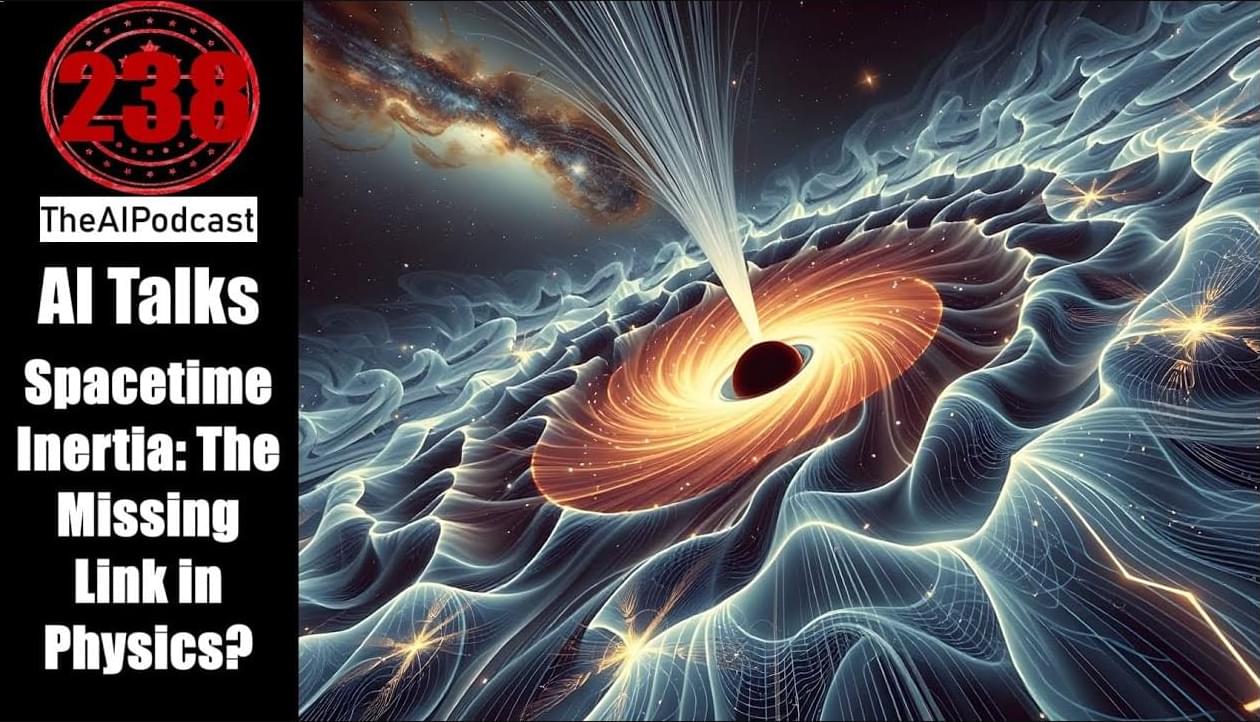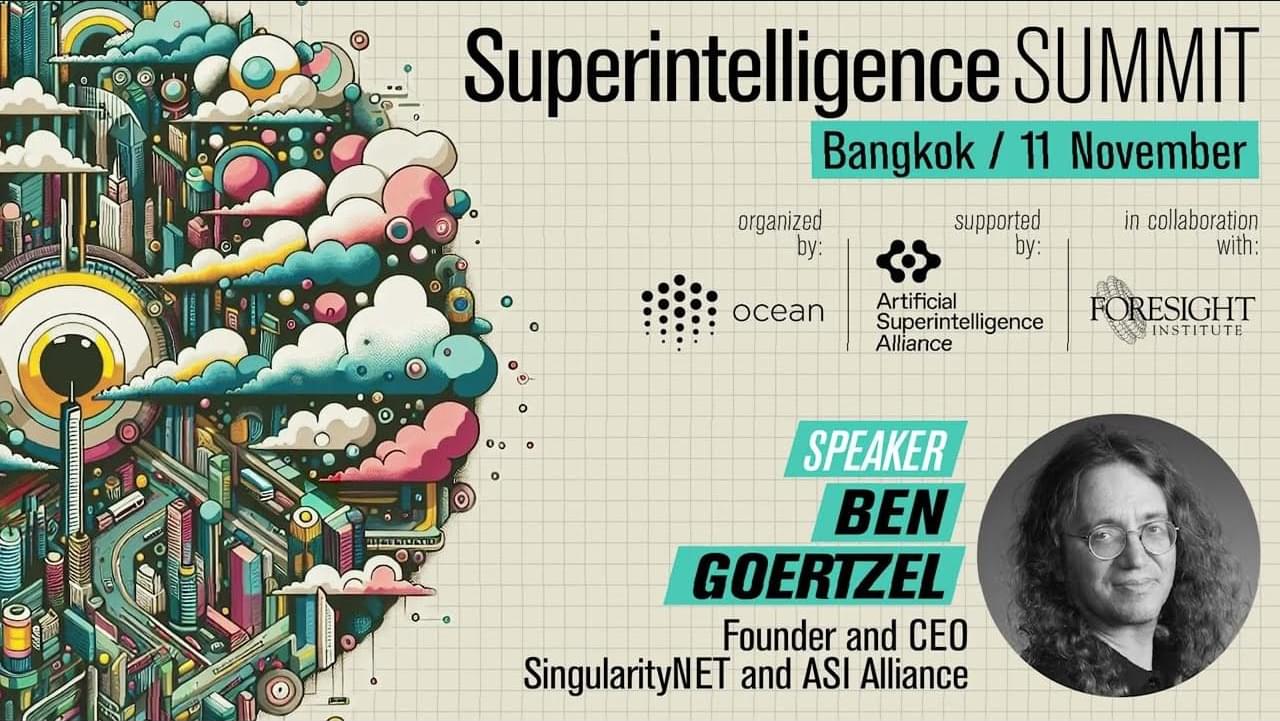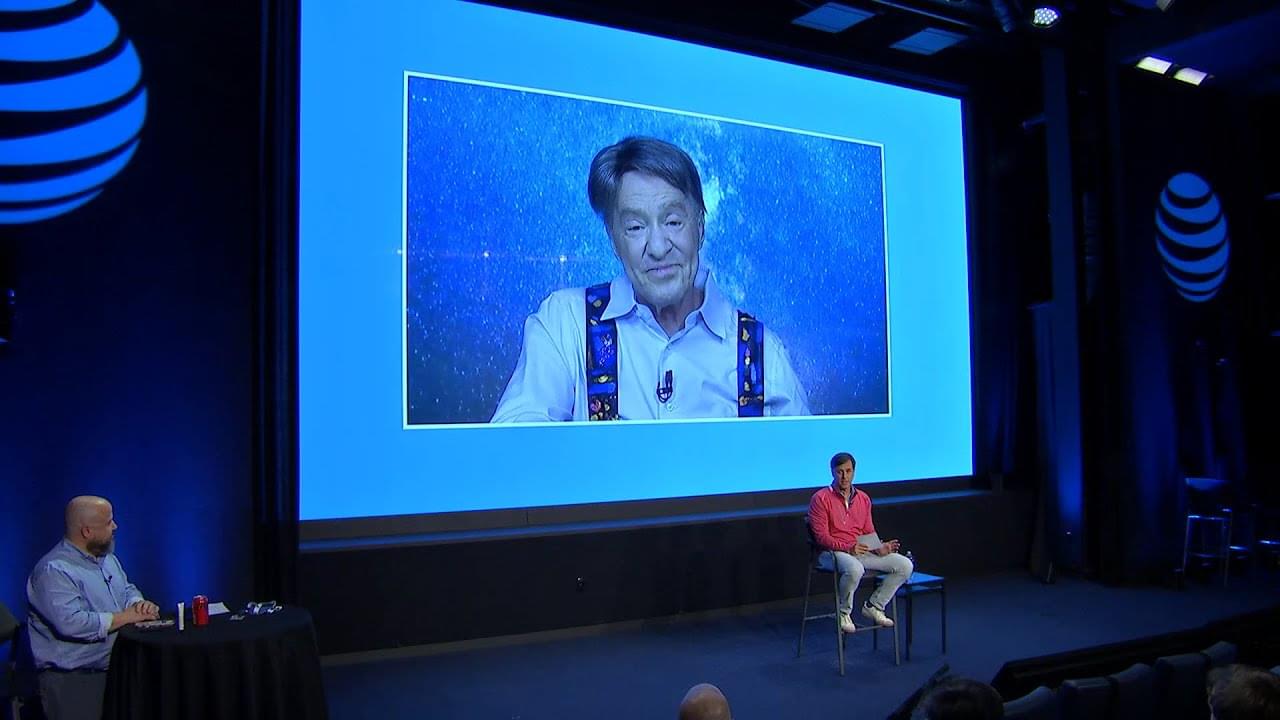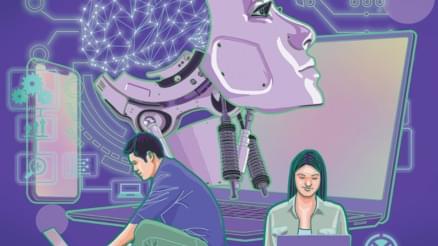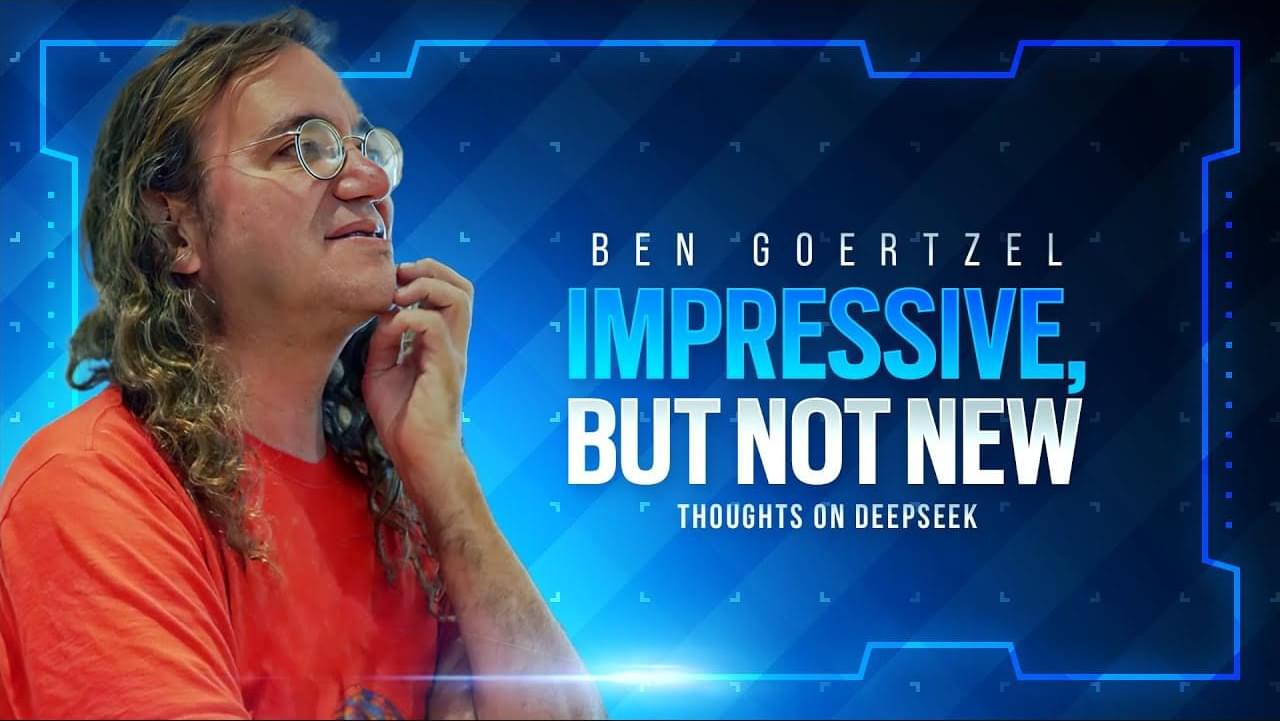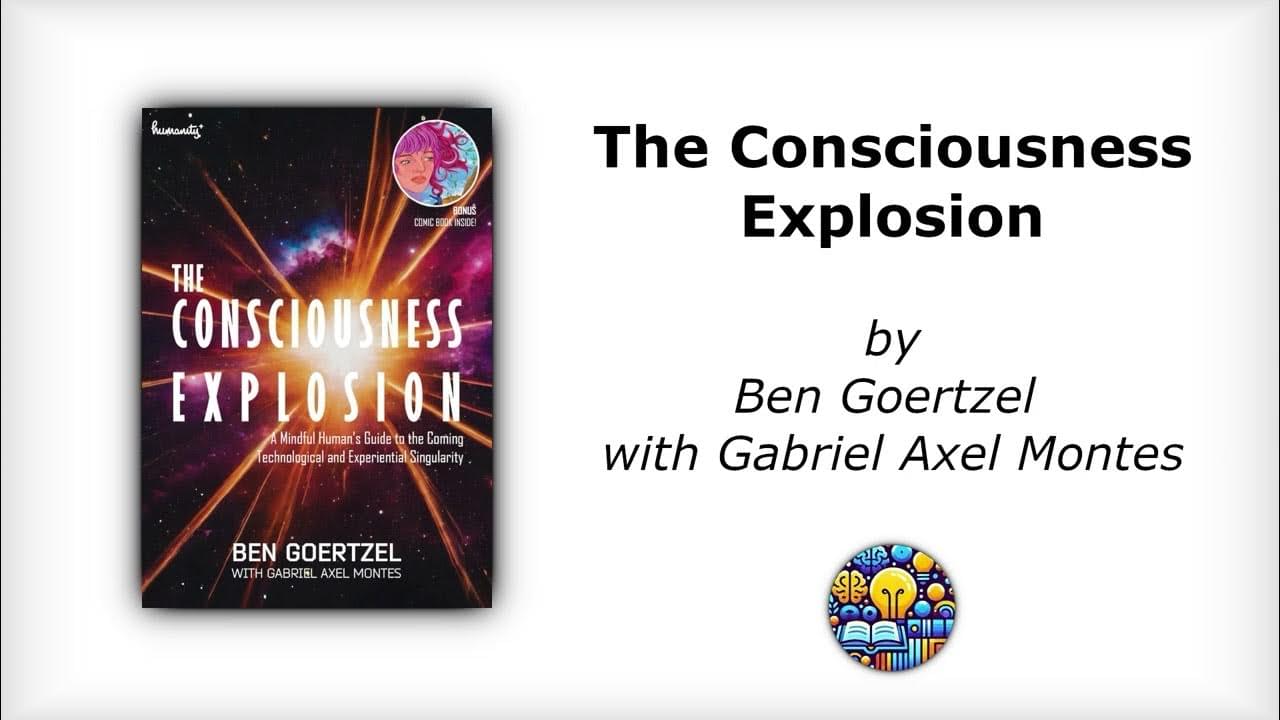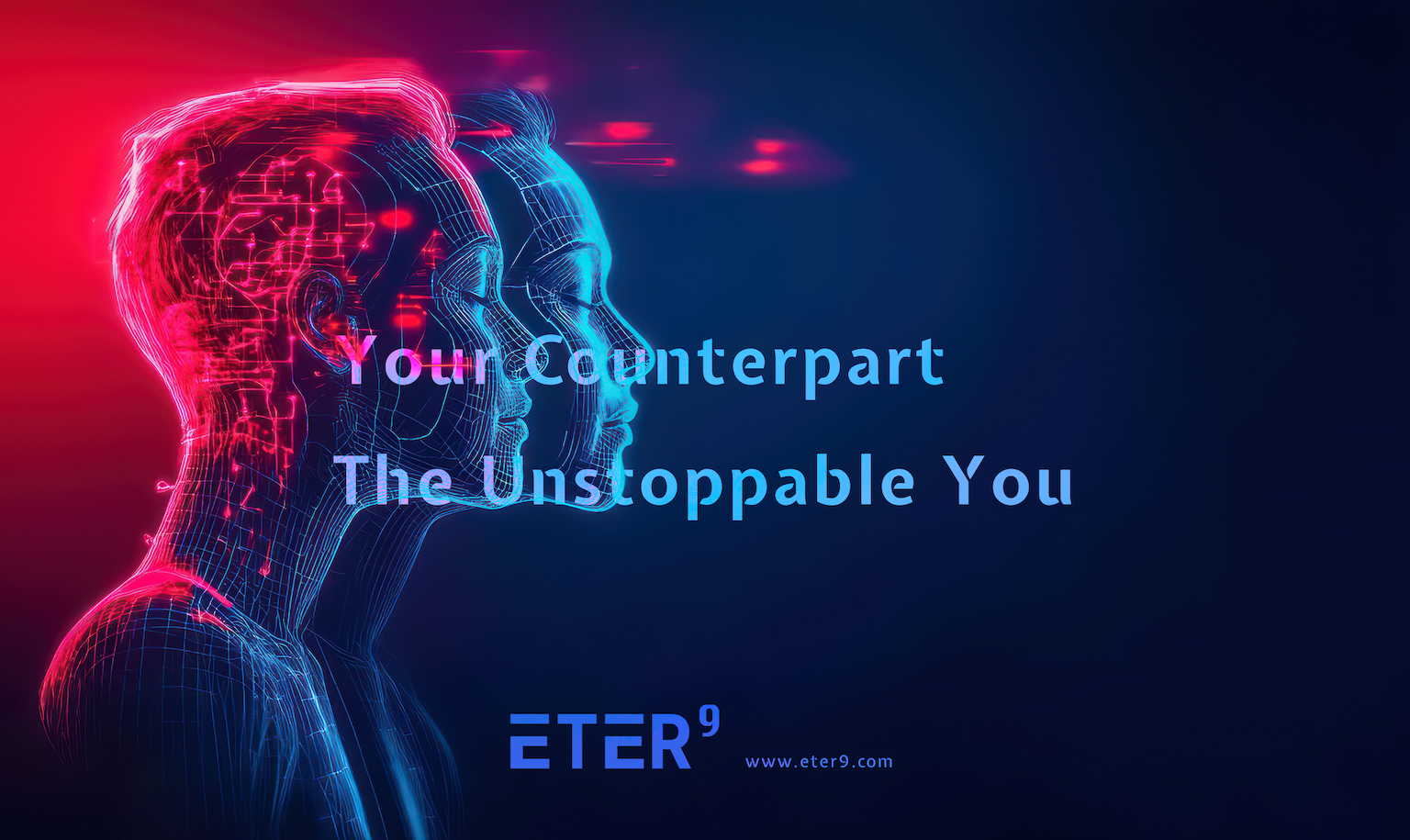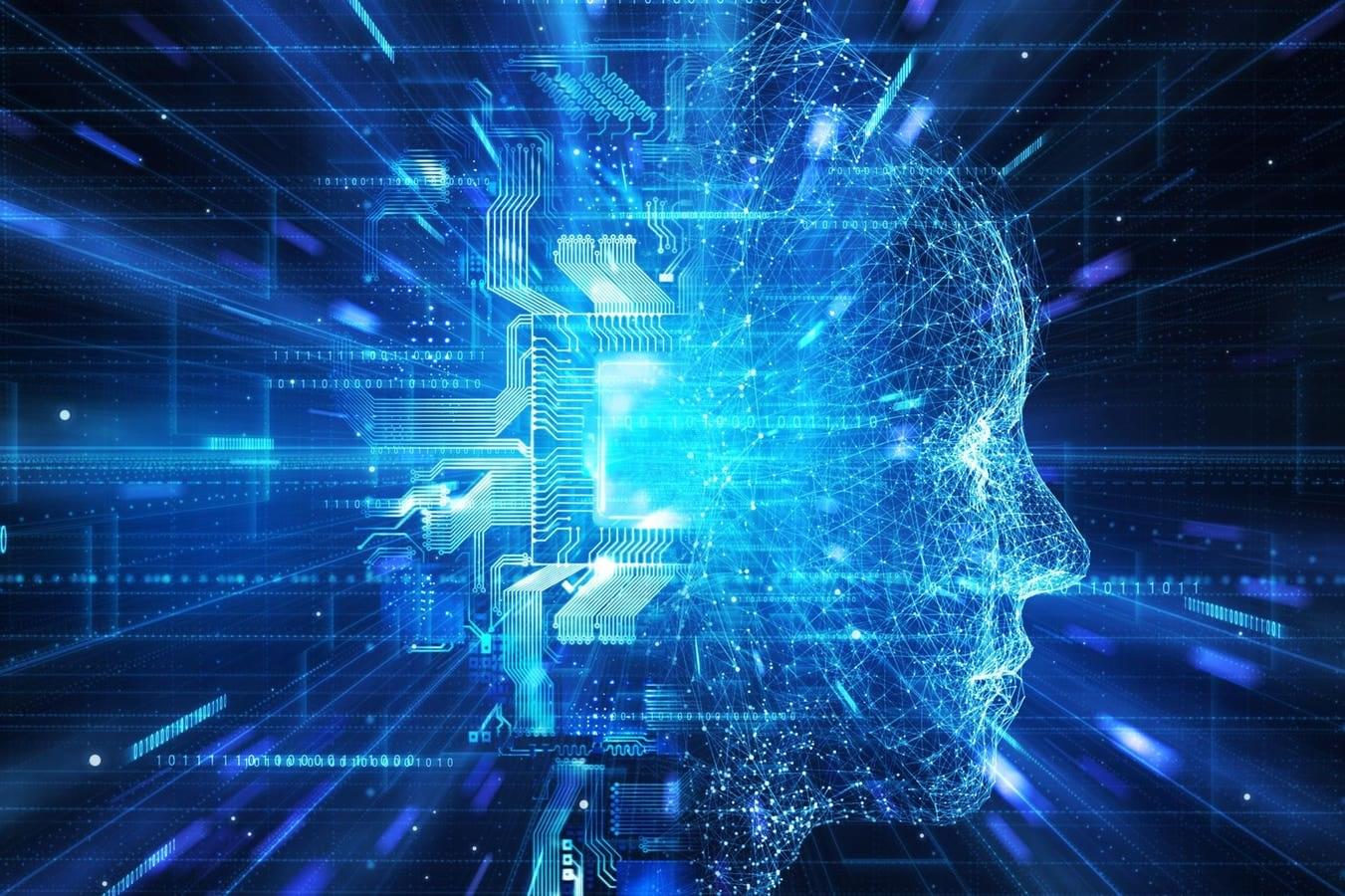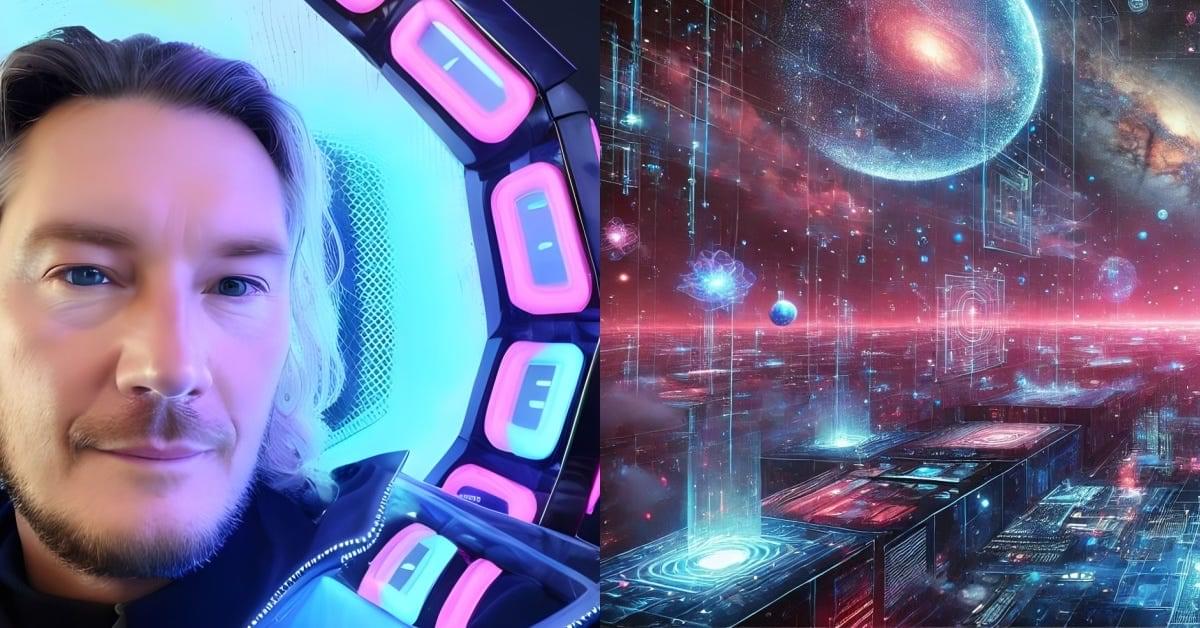https://www.youtube.com/@The.AI.podcasts.
AI, Deep Dive, spacetime inertia, unified energy framework, gravity, dark matter, dark energy, black holes, emergent gravity, energy inertia, mass-energy interactions, missing mass problem, cosmic expansion, event horizon mechanics, Einstein’s General Relativity, spacetime curvature, galactic rotation curves, quantum field theory, spacetime as energy, energy resistance, inertial effects, graviton alternative, energy density distribution, inverse-square law, gravitational lensing, galactic halos, high-energy cosmic regions, X-ray emissions, electromagnetic fields, cosmological constant, accelerating universe, large-scale inertia, spacetime resistance, event horizon physics, singularity alternatives, James Webb Space Telescope, early galaxy formation, modified gravity, inertia-driven cosmic expansion, energy saturation point, observational cosmology, new physics, alternative gravity models, astrophysical testing, theoretical physics, unification of forces, experimental validation, fundamental physics revolution, black hole structure, cosmic energy fields, energy gradient effects, resistance in spacetime, extreme energy zones, black hole event horizons, quantum gravity, astrophysical predictions, future space observations, high-energy astrophysics, cosmic structure formation, inertia-based galaxy evolution, spacetime fluid dynamics, reinterpreting physics, mass-energy equivalence.
Description:
In this deep dive into the nature of gravity, dark matter, and dark energy, we explore a groundbreaking hypothesis that could revolutionize our understanding of the universe. What if gravity is not a fundamental force but an emergent property of spacetime inertia? This novel framework, proposed by Dave Champagne, reinterprets the role of energy and inertia within the fabric of the cosmos, suggesting that mass-energy interactions alone can account for gravitational effects—eliminating the need for exotic matter or hypothetical dark energy forces.
We begin by examining the historical context of gravity, from Newton’s classical mechanics to Einstein’s General Relativity. While these theories describe gravitational effects with incredible accuracy, they still leave major mysteries unsolved, such as the unexplained motions of galaxies and the accelerating expansion of the universe. Traditionally, these anomalies have been attributed to dark matter and dark energy—hypothetical substances that have yet to be directly observed. But what if there’s another explanation?
By treating spacetime itself as an energy field with intrinsic inertia, we propose that gravitational effects arise naturally from the resistance of this energy to changes in motion. Just as mass resists acceleration due to inertia, energy may also exhibit resistance at cosmic scales, leading to effects that mimic gravity, dark matter, and dark energy. This perspective offers a fresh way to interpret the missing mass problem, suggesting that the high-energy environments surrounding galaxies create inertia effects that explain their rotational speeds—without requiring an invisible mass component.
We explore how this framework extends to cosmic expansion. Instead of postulating an unknown repulsive force (dark energy), spacetime inertia may drive the acceleration of the universe as a natural consequence of energy distribution at vast scales. Could this be an alternative to Einstein’s cosmological constant? We analyze how large-scale resistance effects could account for the observations of an accelerating cosmos.
